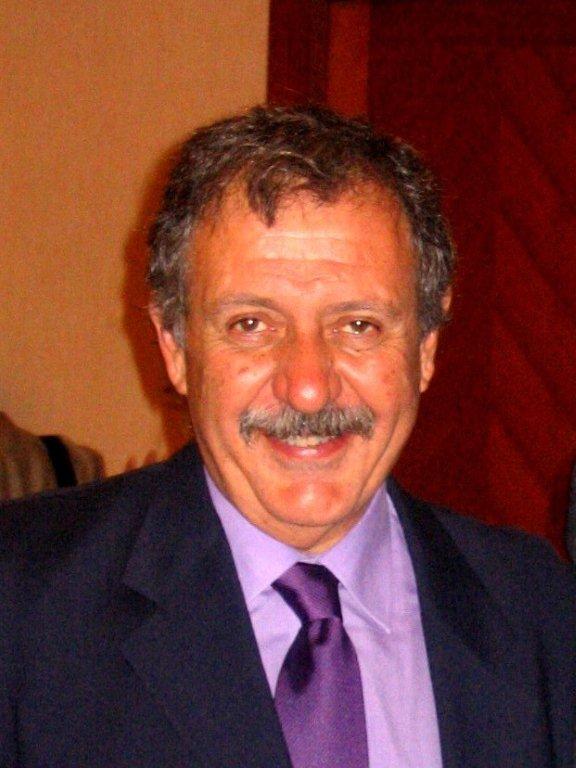
July 5th, 2012
Professor Spiros Pantelakis, Chairman of the EASN Association, comments on the successful outcome of the EASN endorsed projects by the last call and refers to the lessons learnt.
"EASN endorsed projects: lessons learnt from a success story"
Q: In each Aeronautics and Air Transport call for proposals of the European Commission Framework Programs, EASN endorses a limited number of Level 1 proposals which are submitted for evaluation. What is the sense of endorsing these proposals?
A: One of the main goals of establishing the EASN Association has been the development of mechanisms which would allow the production of new knowledge and breakthrough technologies in Aeronautics. My opinion is that, despite of the many efforts made permanently in Europe to support innovation, the degree of innovation in Aeronautics Research could be still improved. EASN has developed its Interest Groups (IGs), which are groups of scientists sharing common scientific interest and come up with some innovative ideas on the areas of their interest. Furthermore, EASN members from all over Europe offer some fresh ideas which deserve the effort to realize them. EASN, through the project endorsement process, supports a limited number of Level 1 proposals in each call in an attempt to assist its members in preparing and submitting high-quality proposals with improved chances for success.
Q: The result achieved in the last FP7 call by the EASN endorsed proposals with 4 successful out of 12 endorsed, i.e. 1 out of 3, is very satisfactory and by far better than the average which was roughly 1 out of 7,5 . How do you explain this?
A: It is true that EASN endorsed proposals have achieved very good scores in the last call with as you correctly mentioned, 4 out of 12, or 1 out of 3 proposals funded. I am happy that this good result has not been an exception but is rather the rule, as the overall success rate of the EASN endorsed proposals so far, since the establishment of the EASN Association, is 12 funded out of 38 submitted, i.e. about 1 of 3, and this despite of a not so good start in the early FP7 calls. It means we have learned and we have improved ourselves. The first improvement has been the early performance of an Expression of Interest campaign. In this frame, all EASN members are asked, sufficient time before the call, to submit a half page form with the basics of their ideas for possible proposals. Then, these ideas are presented to the European Aeronautics Industry and taking the Industrial feedback into account, we endorse a limited number of proposals, namely those which seem to be the most promising. The second improvement was that during the entire proposals preparation phase, EASN provides active support and assistance for making these proposals competitive.
Q: Which are the lessons learnt so far in the frame of the proposal?s endorsement process and which could be some practical advices to increase the chances of success of a proposal?
A: Aeronautics calls represent a particularly competitive environment as far as it concerns Level 1 proposals. The success rates of the last calls have been of the order 15% or even worst. This unpleasant situation can be faced mainly by improving the quality of the submitted proposals. This is the main lesson learnt so far. To improve the quality of the EASN endorsed proposals we have introduced some practical measures. At first, we begin the preparation process as early as possible so as to have enough time for writing a good proposal. Second, we take care to have well balanced and competitive consortia including academia, industry and also competent SMEs and we assist our members to manage this. Third and particularly important step is the introduction of an internal evaluation system. This means that we ask experienced EASN members to perform a preliminary evaluation of the EASN endorsed proposals against to criteria applied by the Commission. The outcome of this evaluation is provided to the coordinators of the proposals for their consideration, enough time before the deadline for submission. It is up to the coordinator to decide on how he is going to make use of the recommendations obtained. Yet, by the last call we had the case of a proposal identified to have severe weaknesses before the submission but it managed to get funded by improving the proposal on the base of the recommendations made in the frame of this internal evaluation process.Last but not least: EASN has proven to be an excellent dissemination partner in Level 1 and Level 2 proposals, whether they are endorsed by EASN or not. EASN is a self sustainable and self funded Association and therefore has to take care for covering its expenses. In this frame EASN participates as the dissemination partner in proposals. Academia is by definition an excellent partner for dissemination purposes. Recall that part of the Professors? job includes to spread new knowledge, to organize dissemination events like conferences, seminars etc. to participate in lifelong learning activities, to write scientific publications etc. This fact, along with an operational and well visited EASN portal, provides a good base for dissemination activities. The results of the evaluation in Brussels show that this competence is well appreciated by the reviewers and it is reflected to high scores by this evaluation criterion.I think all the above have played a significant role to this successful result and I hope we will further improve.